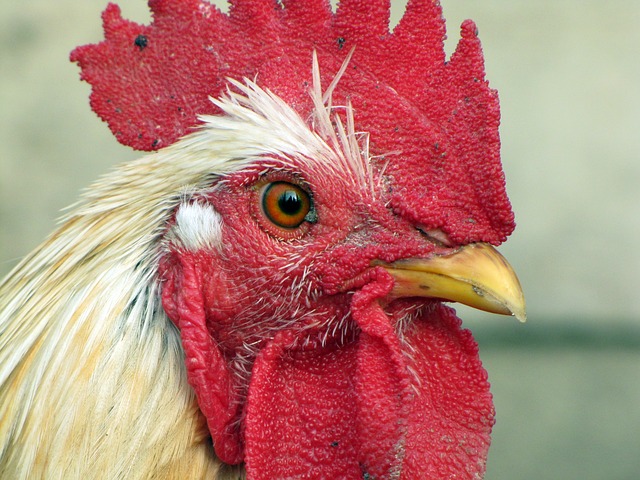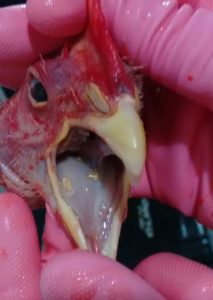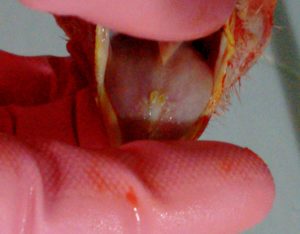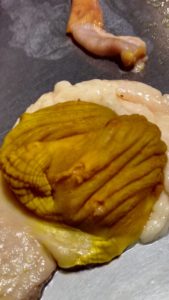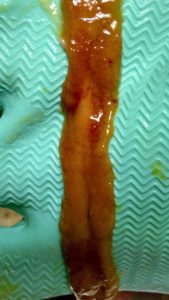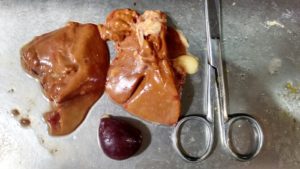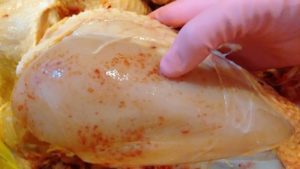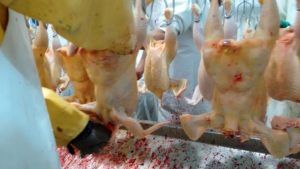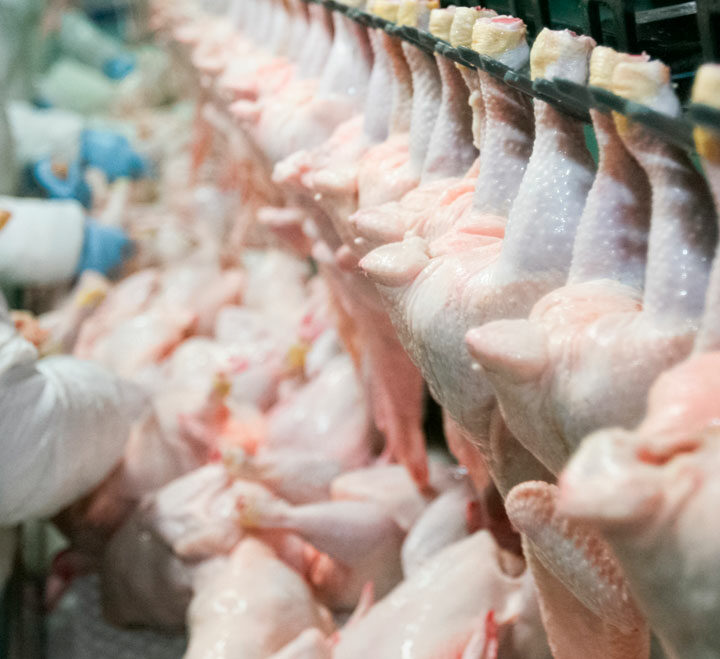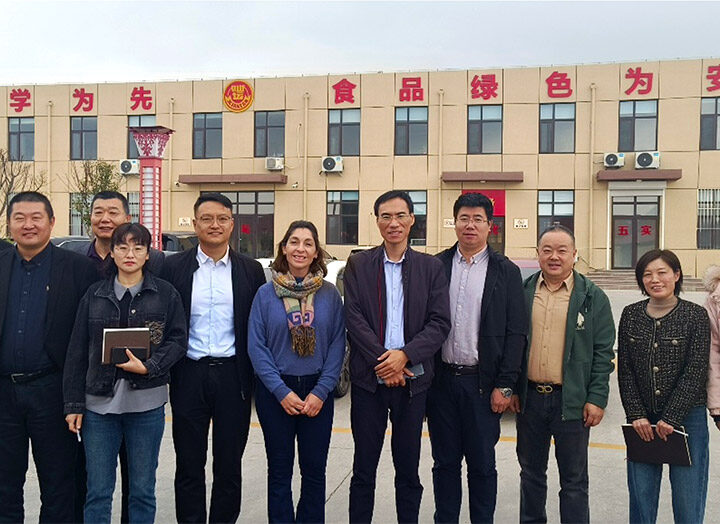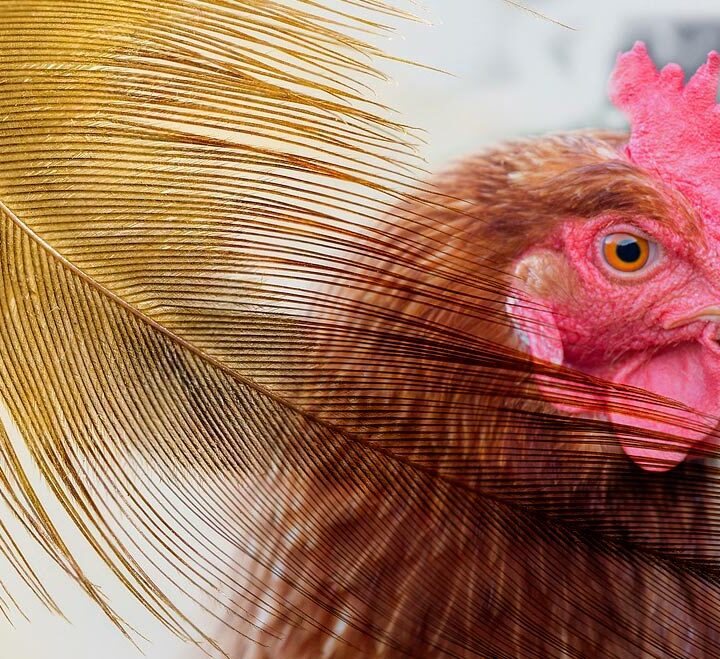
Minervet meeting with representatives of the Argentine bank system
25 de May de 2017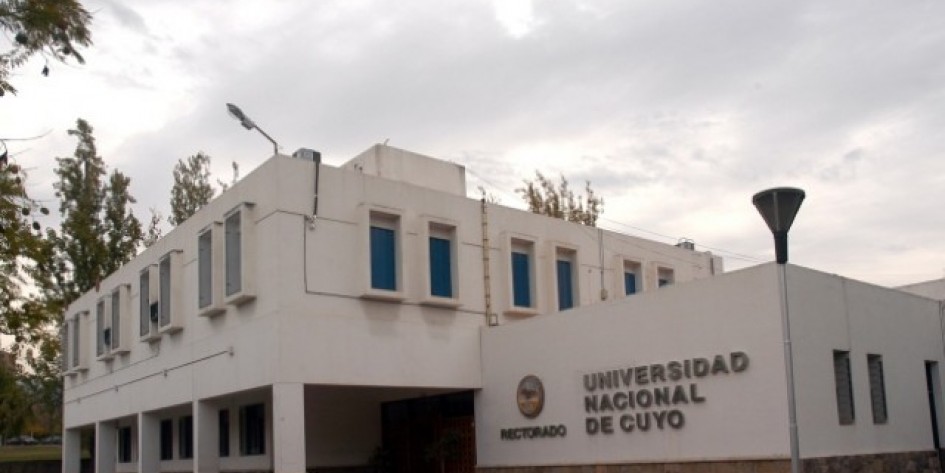
Minervet and UNCU started the construction of experimental farm
8 de June de 2017During the process of broiler slaughter, the registration veterinarian has the possibility to visualize several injuries during the inspection of the birds. Many of them occur during the activities of capture and transport of the birds to the slaughter plants, while others are characteristic of pathological processes that are being carried out on the farm.
Actions directed towards the fulfillment of animal welfare are legislated in the Argentine Republic through the national regulatory body SENASA, decree 4238/68, Chapter XXXII. Compliance with legislation is complicated by poor capturing practices on the farm adding the large distances that transport must take to reach slaughter plants. This processes to the result of getting birds with traumatic processes, dehydration, hyperthermia in warm climates or freezing in cold periods, failure in thinning and stress, which directly affects the final quality of the product of consumption.
During ante-mortem inspection, it is possible to observe characteristic lesions of capture on farms:
Hematomas of different colors can be observed in wings, rump, thighs and, to a lesser extent, in the chest; Coinciding with the zones of the body that the operator supports when capturing the bird inside the house.
Fractured or disarticulated wings are also observable, since the intense flapping of the birds when trying to escape their captor causes important injuries.
Collecting of birds inside the transport boxes causes skin lesions due to scratches between birds and deaths due to asphyxiation because of overload.
Some companies have the practice of fasting the birds during the travel to the slaughterhouse due to the long distances. This causes a total emptying of the intestine, because the lack of movement and overcrowding interrupts the defecation. Once the habging of the birds starts, the increase in excreta on the beach will be remarkable. In addition, a bowel with remains of fecal material increases the risk of contamination during the evisceration process by rupturing viscera and fecal contents inside the carcass.
On the beach for the discharge of alive birds, the veterinarian can observe the birds to determine, to visual inspection and to review, if they present alterations related to pathological processes or animal welfare faults.
In this article we will discuss findings of lesions related to possible mycotoxicosis processes in broilers.
The veterinarian has defined inspection points within the slaughterhouse. In the head extraction sector, the professional can search for lesions related to erosions of the oral mucosa compatible with toxin T2, MAS or DAS.
Photos: Evangelina Zarate
EROSION OF THE MUCOSA BUCAL
It is also possible to observe injury to the cornea layer of the muscular or gizzard stomach. These lesions may be caused by the same mycotoxins that also produce erosions at the mouth level. This diagnosis will always be presumptive, since other possible pathologies must also be ruled out, a case-series related to fungal toxins should be followed and food contamination corroborated.
Photo: Evangelina Zarate
Photo: Evangelina Zarate
In the inspection of viscera, it is possible to find livers of clear coloration and friable appearance, corresponding to fat infiltration. Aflatoxin intoxication may be a determinant of this type of hepatic alteration, but there are also differences such as poor quality and excess fat in the diet, biotin deficiency, infectious pathologies among the most common.
The long hours of fasting give the liver a clear appearance but no change in its consistency. It is accompanied by an enlarged gallbladder, which can easily break and contaminate the rest of the canal.
Photo: Evangelina Zarate
It is vitally important the inspection of the muscular masses while searching of petechial hemorrhages that can indicate the presence of aflatoxins in the ingested food. This observation can be completed after the evisceration procedures or during the cutting, if the plant performs it.
The petechial haemorrhages generated by aflatoxins are related to capillary weakness and small vessel rupture. However, this finding is also a different from capture traumas, Insensitive failures, septicemia processes and others. Septicemic processes are usually accompanied by hemorrhages in fat and muscle.
Photo: Evangelina Zarate
Mycotoxicoses are pathologies of global distribution that require a diagnosis and monitoring by the veterinary professionals. The joint work of the professional that performs in slaughterhouse and the professional that makes the productive management in farm will result in improvements in the final product obtained.
Continuous training and rapprochement with producers is vital to educate them and commit them to incorporate improvements in infrastructure, nutrition and adequate sanitation practices on their farms. If all involved work together it is possible to mitigate the productive and economic damage caused by these pathologies.
Photo: Evangelina Zarate

